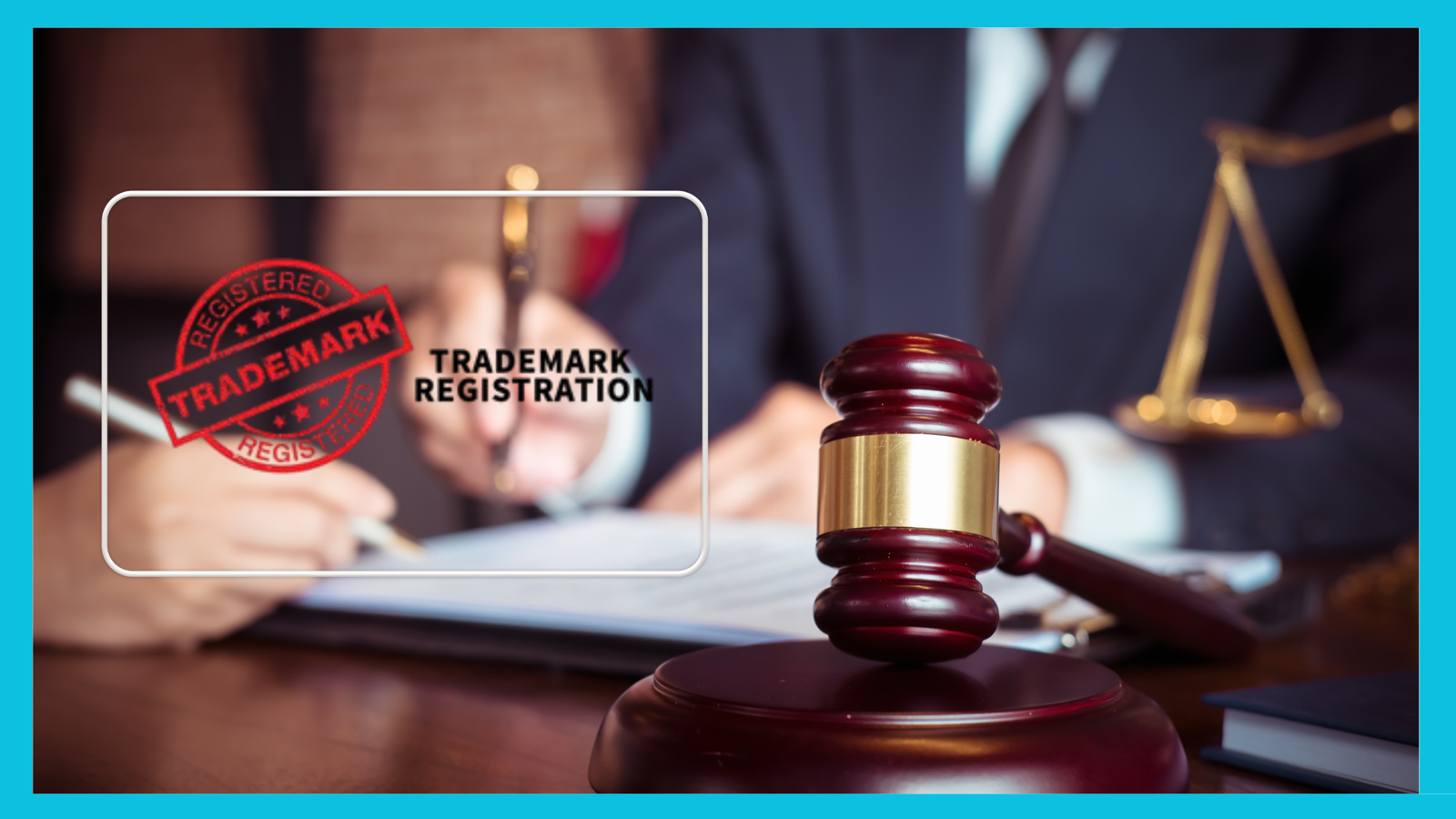
What Is a Trademark?
At its core, a trademark is a recognizable sign, design, or expression that distinguishes products or services of a particular source from others. It can be a word, phrase, symbol, or even a combination of these. Think of the Nike swoosh or Apple’s iconic bitten apple—those are trademarks that carry powerful brand associations.
Legally, a trademark gives its owner exclusive rights to use the mark in connection with specific goods or services. This helps prevent others from profiting off your brand’s reputation. In many countries, trademark rights are acquired through use, but registration greatly strengthens those rights.
Trademarks can be used for a wide variety of identifiers, including:
Brand names
Logos
Slogans
Sounds (like the MGM lion’s roar)
Even colors (e.g., Tiffany blue)
But not every name or image qualifies as a trademark. It must be unique and not confuse consumers about the origin of goods or services.
Types of Trademarks
Not all trademarks are created equal. Here are the common types:
Word Marks: Standard character marks consisting of letters, numbers, or words (e.g., “Google”).
Design Marks: Logos or stylized designs (e.g., Starbucks’ mermaid).
Composite Marks: Combination of words and design.
Service Marks: Used to identify services rather than products (e.g., FedEx).
Sound Marks: Unique audio that signifies a brand (e.g., Intel’s chime).
Color Marks: Specific colors associated with a brand (e.g., UPS brown).
Each type plays a unique role and offers varying levels of protection, depending on its distinctiveness and how it’s used in commerce.
Importance of Trademark Protection
Trademark protection isn’t just for big companies—it’s essential for any business that wants to build a recognizable and trustworthy brand. Without a registered trademark, your brand is exposed to legal risks and theft.
Here’s why trademark protection matters:
Legal Ownership: Gives you the right to sue for infringement and block counterfeiters.
Brand Identity: Secures your brand’s image in the minds of consumers.
Business Value: A trademark is a valuable asset that can increase in worth as your brand grows.
Market Expansion: Protects your brand if you expand into new markets or product lines.
In short, a trademark is more than a legal tool—it’s a foundational pillar of your brand strategy.
Why You Need to Register a Trademark
Legal Protection
A registered trademark gives you a legal shield. It allows you to:
Prevent others from using your mark without permission.
Enforce your rights in court.
Apply for damages in cases of infringement.
In many countries, simply using a trademark may offer some "common law" rights, but these are limited and harder to enforce. Registration, on the other hand, creates a public record of your ownership and provides nationwide or even global protection depending on where you register.
In legal disputes, a registered trademark often holds more weight than an unregistered one. It serves as solid proof of your brand's identity and timeline, which is invaluable in court.
Brand Recognition and Value
Your trademark is one of the most visible elements of your brand. A unique and registered mark:
Builds trust and recognition among consumers
Signals credibility and professionalism
Distinguishes your products in crowded markets
Consumers associate trademarks with the quality and reliability of your product. Just think about how we trust brands like Adidas or Sony because of their consistent image and reputation.
Furthermore, trademarks can appreciate. As your business grows, your trademark becomes more valuable, and it can even be licensed or sold like any other asset.
Preventing Infringement
One of the biggest nightmares for a business owner is having their brand copied. A registered trademark can prevent:
Competitors from using similar branding
Customer confusion or misidentification
Loss of sales and brand dilution
Registering your trademark means you’ve staked your claim. It allows you to take down counterfeit products, stop domain name hijackers, and shut down fake social media accounts using your brand.
And let’s not forget: dealing with infringement after the fact is way more expensive than registering a trademark up front.
Preparing for Trademark Registration
Choosing a Strong Trademark
The strength of your trademark determines how easily you can register and defend it. Strong trademarks are unique, distinctive, and not descriptive of the product or service. Here’s a quick guide:
Fanciful or Coined Marks: Made-up words (e.g., “Kodak”)—easiest to protect.
Arbitrary Marks: Common words used in an unrelated context (e.g., “Apple” for computers).
Suggestive Marks: Hints at the nature of the product (e.g., “Netflix”).
Descriptive Marks: Directly describes the product (e.g., “Cold & Creamy” for ice cream)—harder to protect.
Generic Terms: Common product names (e.g., “Milk”)—cannot be protected.
Before settling on a name or logo, evaluate its distinctiveness. Avoid marks that are too similar to existing ones or too descriptive of your product.
Conducting a Trademark Search
Before you file, it’s crucial to check if your desired trademark is already in use. A comprehensive search helps you:
Avoid legal conflicts
Save time and money
Find out if your mark is available in different countries or classes
You can start with a basic search using the USPTO’s (United States Patent and Trademark Office) TESS database or your country’s trademark registry. For deeper insights, consider using professional search firms or legal services.
Pro Tip: Look beyond exact matches. Slight variations in spelling, sound, or design can still lead to rejections or lawsuits.
Understanding Classifications
When filing a trademark, you must specify the “class” of goods or services it covers. The international system uses the Nice Classification, which has 45 classes:
Classes 1–34: Goods (e.g., Class 25 for clothing)
Classes 35–45: Services (e.g., Class 35 for advertising)
Choosing the correct class is critical. It defines your scope of protection. You can register in multiple classes if your brand spans different products or services, but each class usually requires an additional fee.
For more info: https://www.psrcompliance.com/blog/trademark-registration-process-india


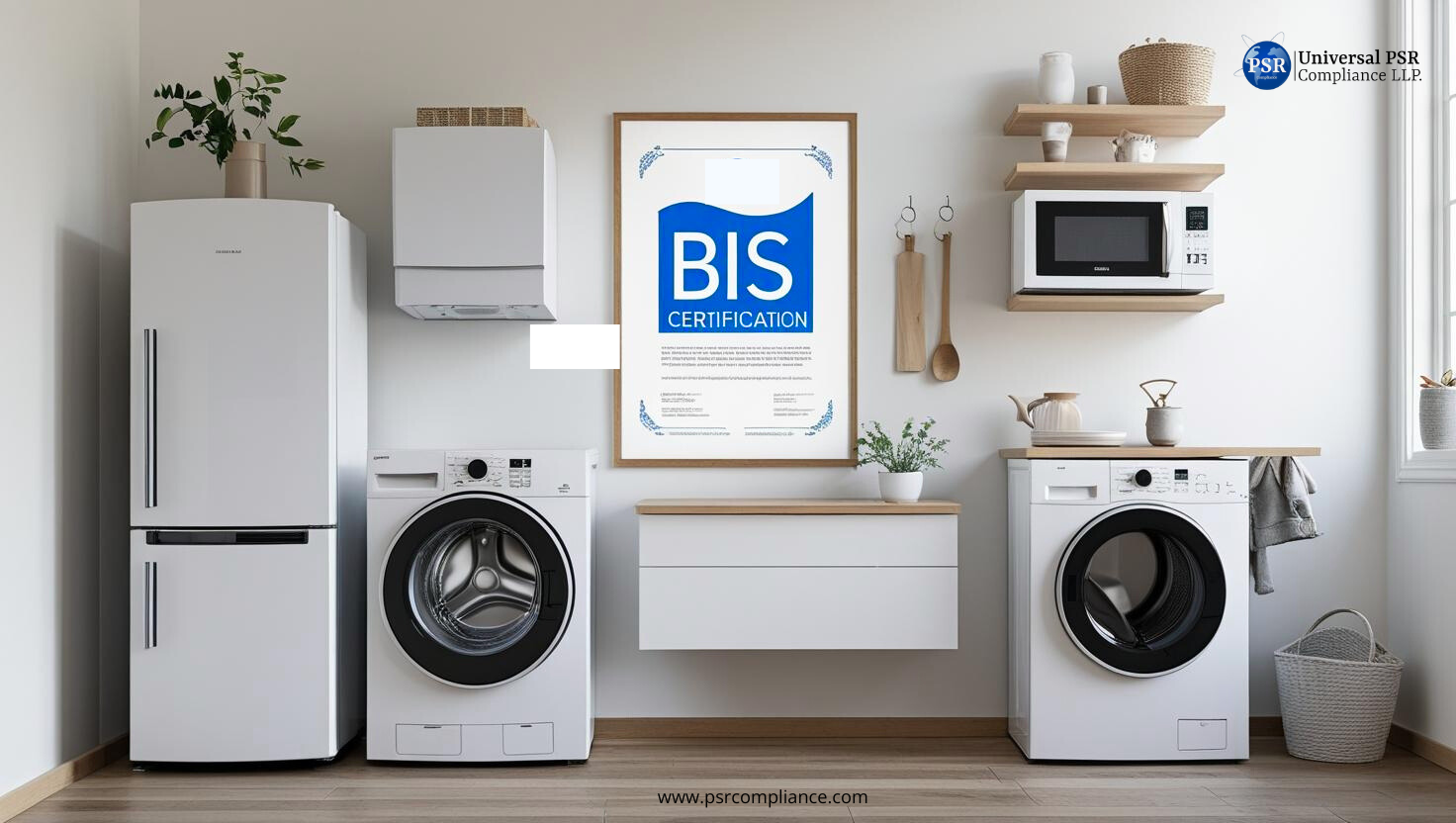
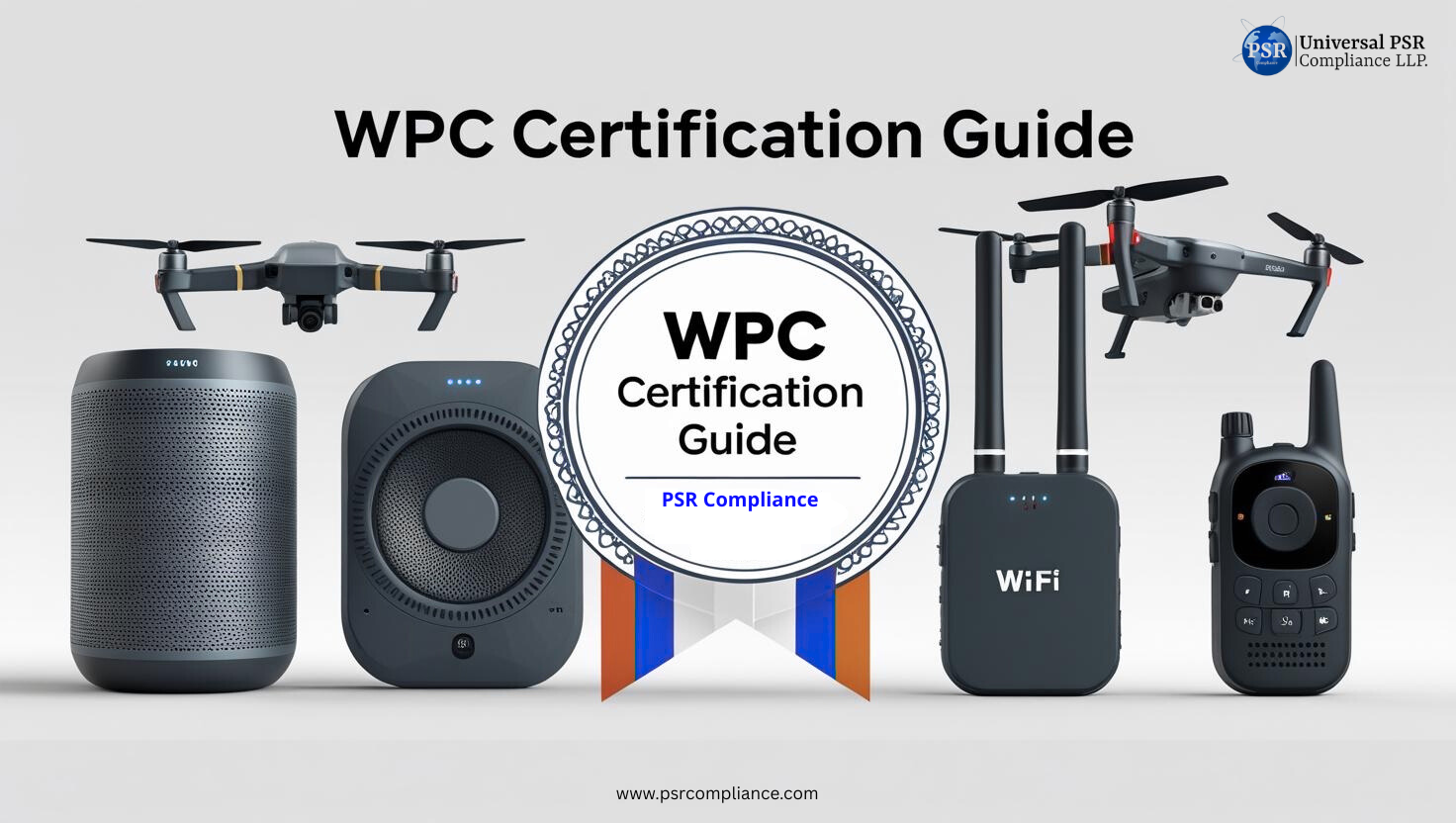

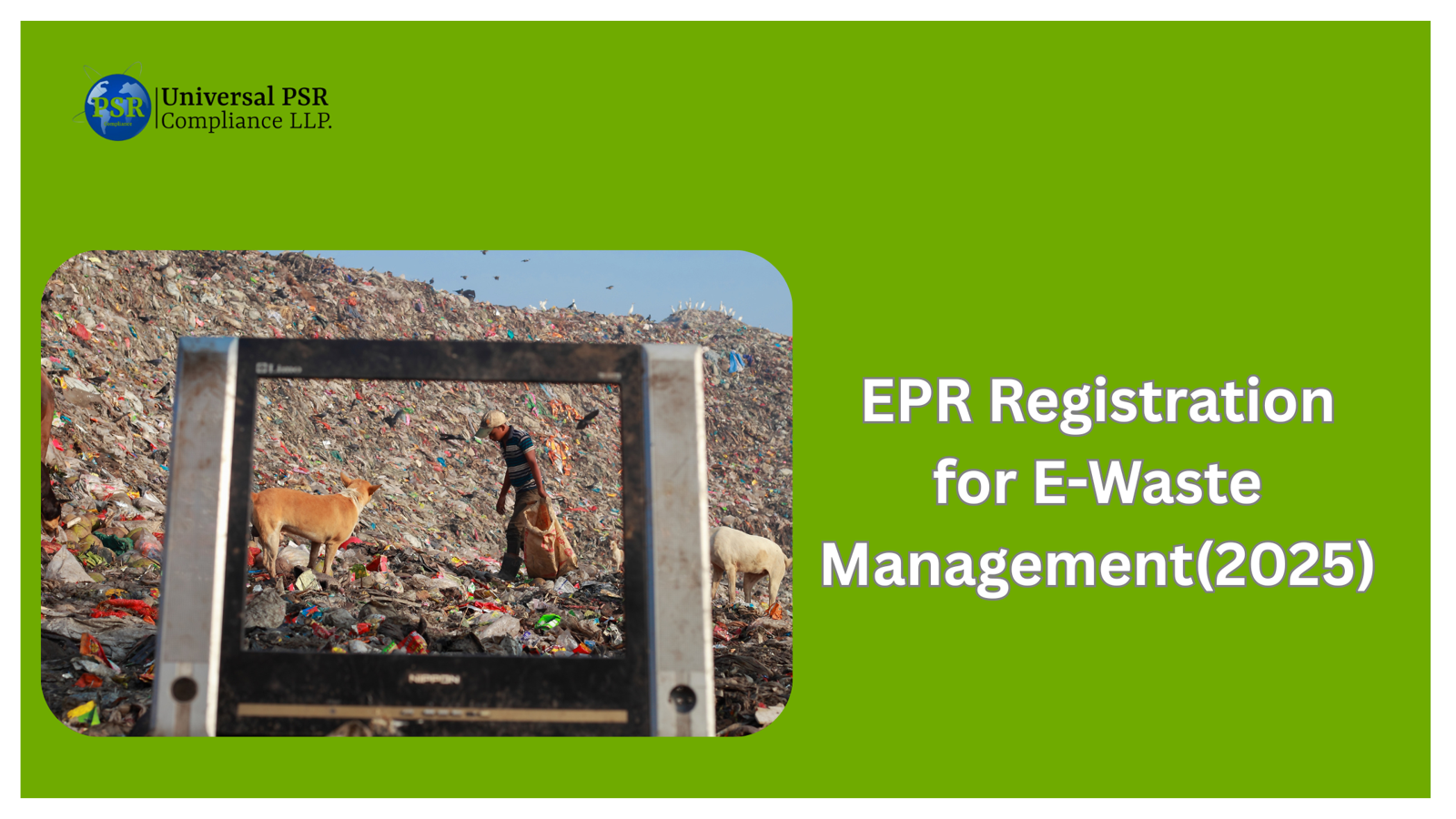
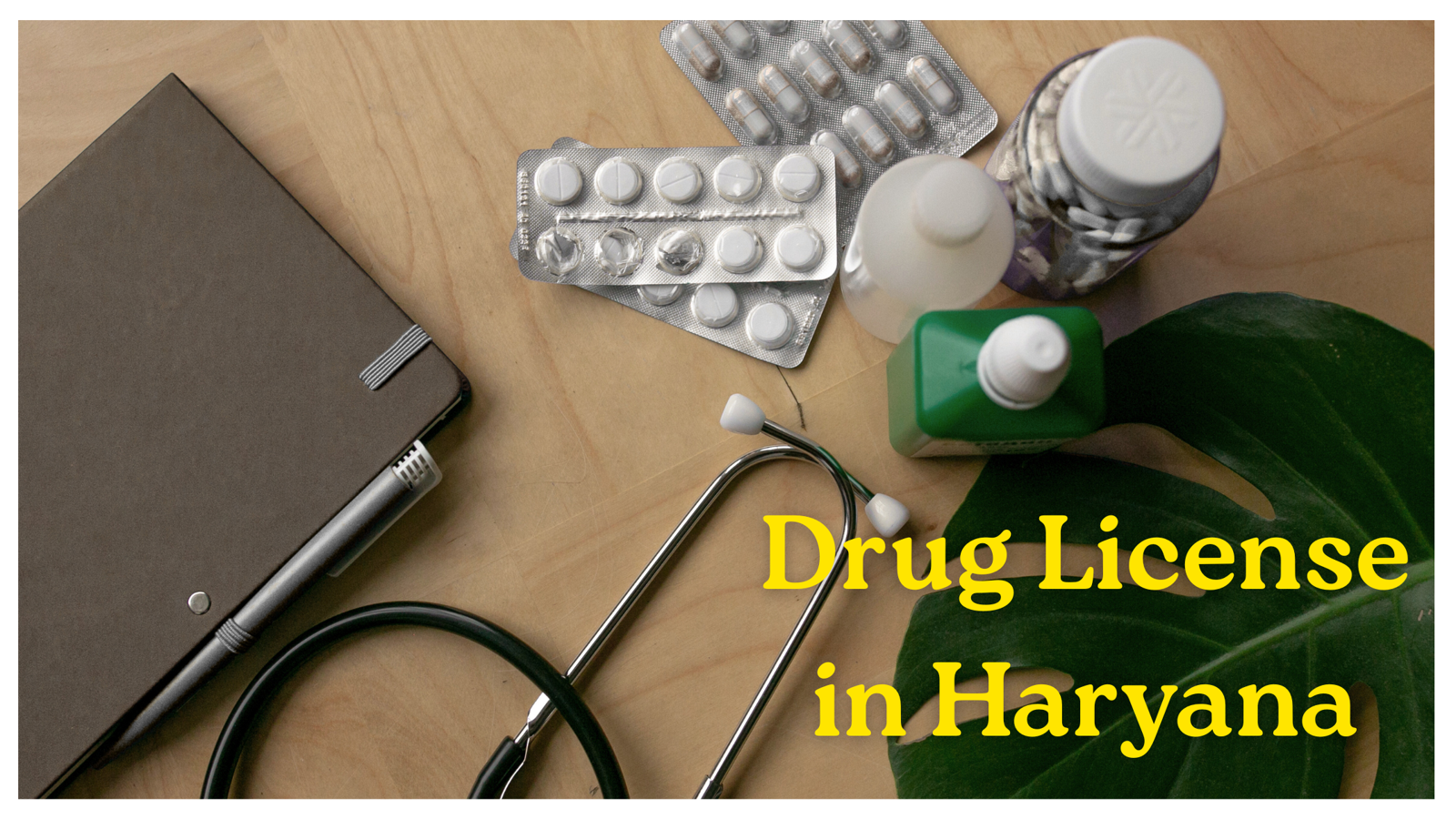
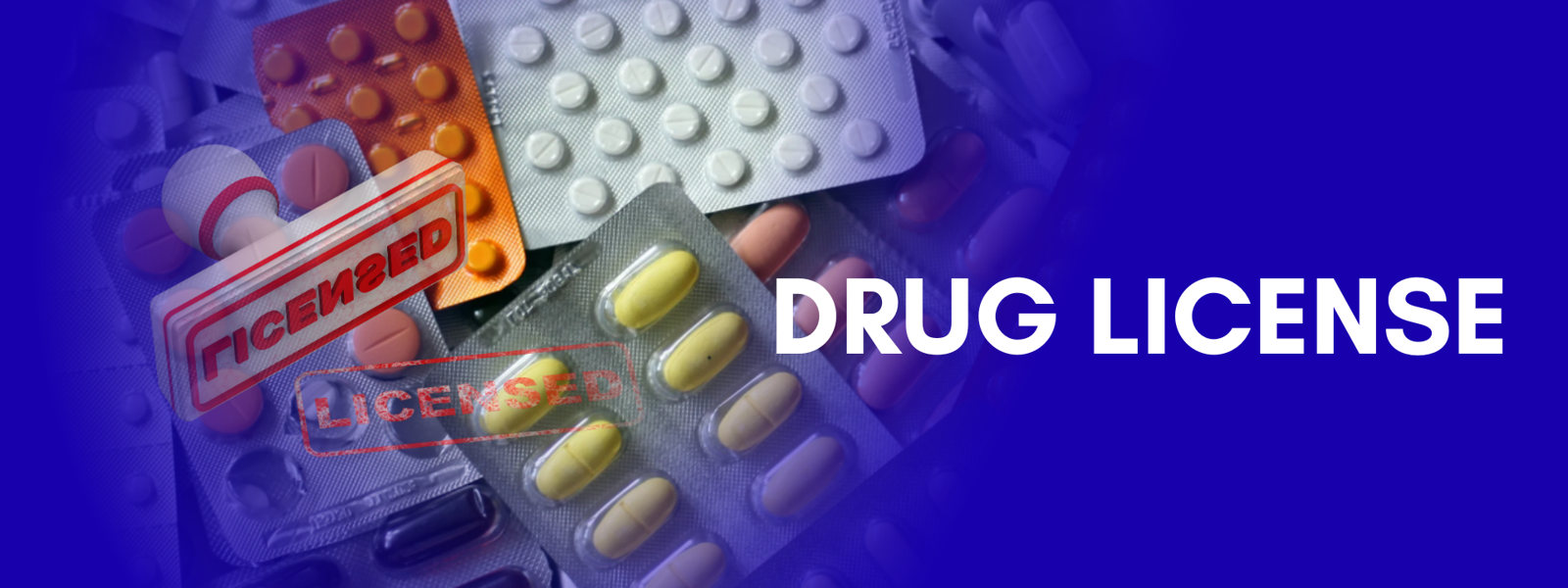
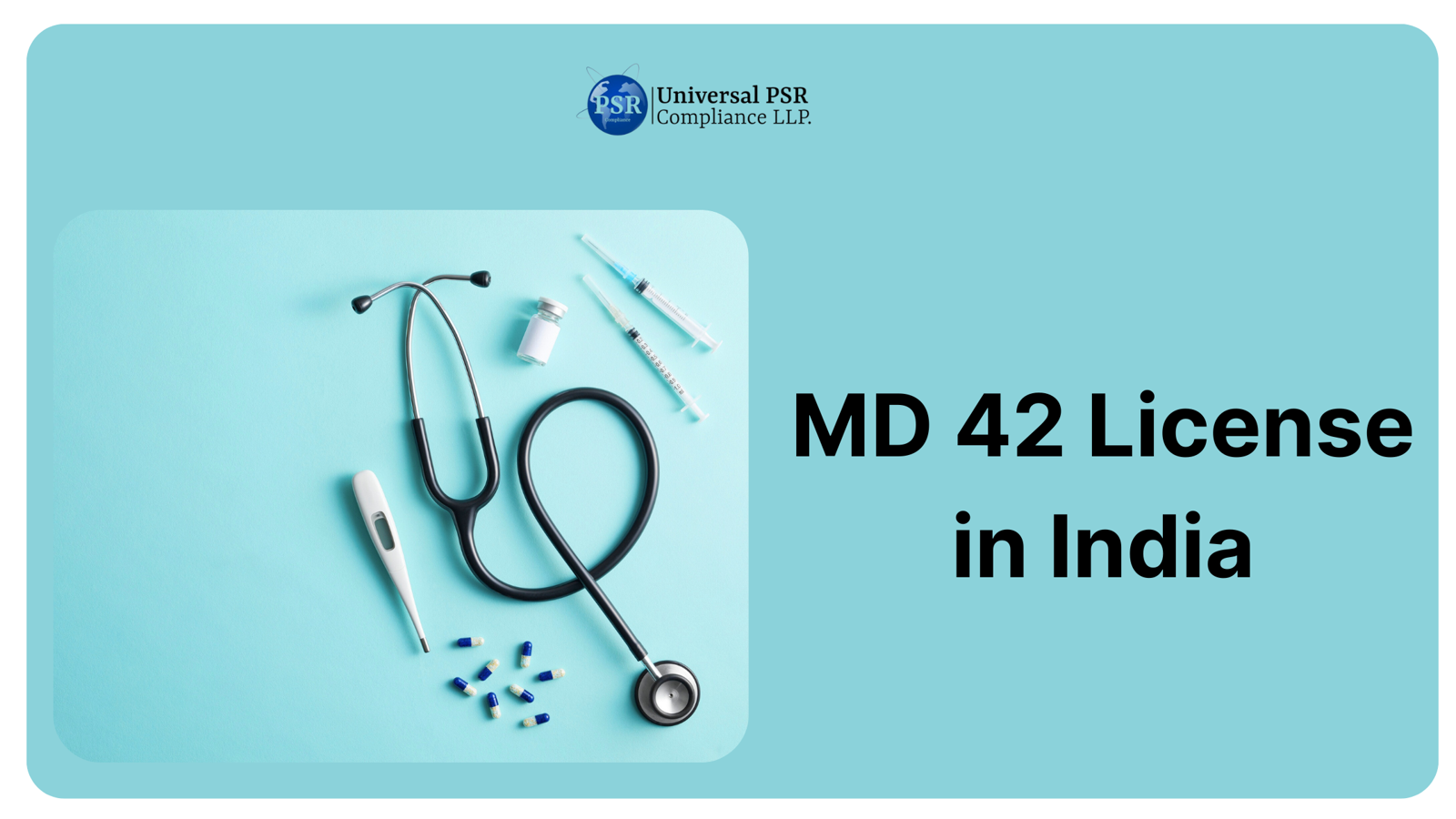



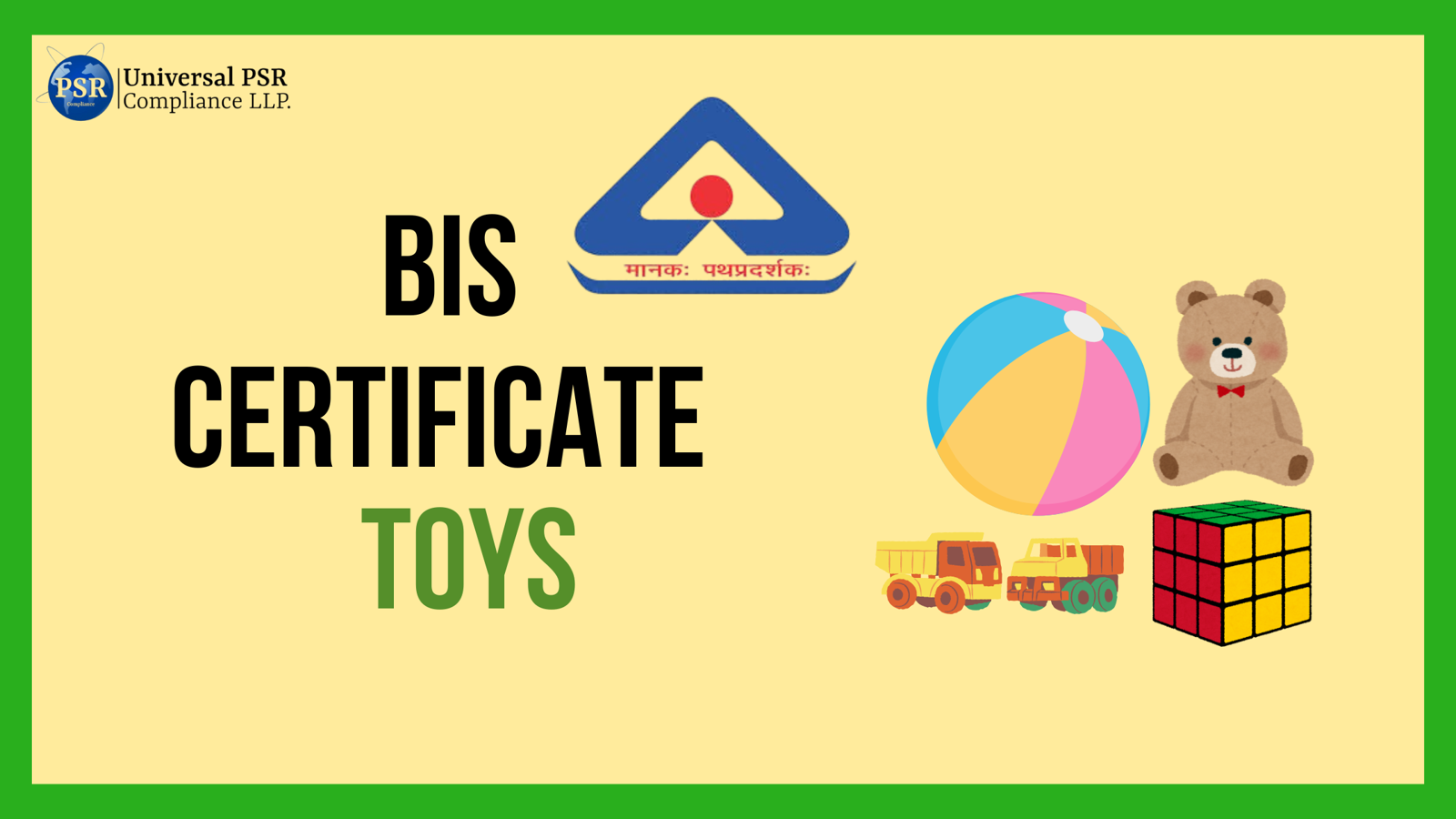


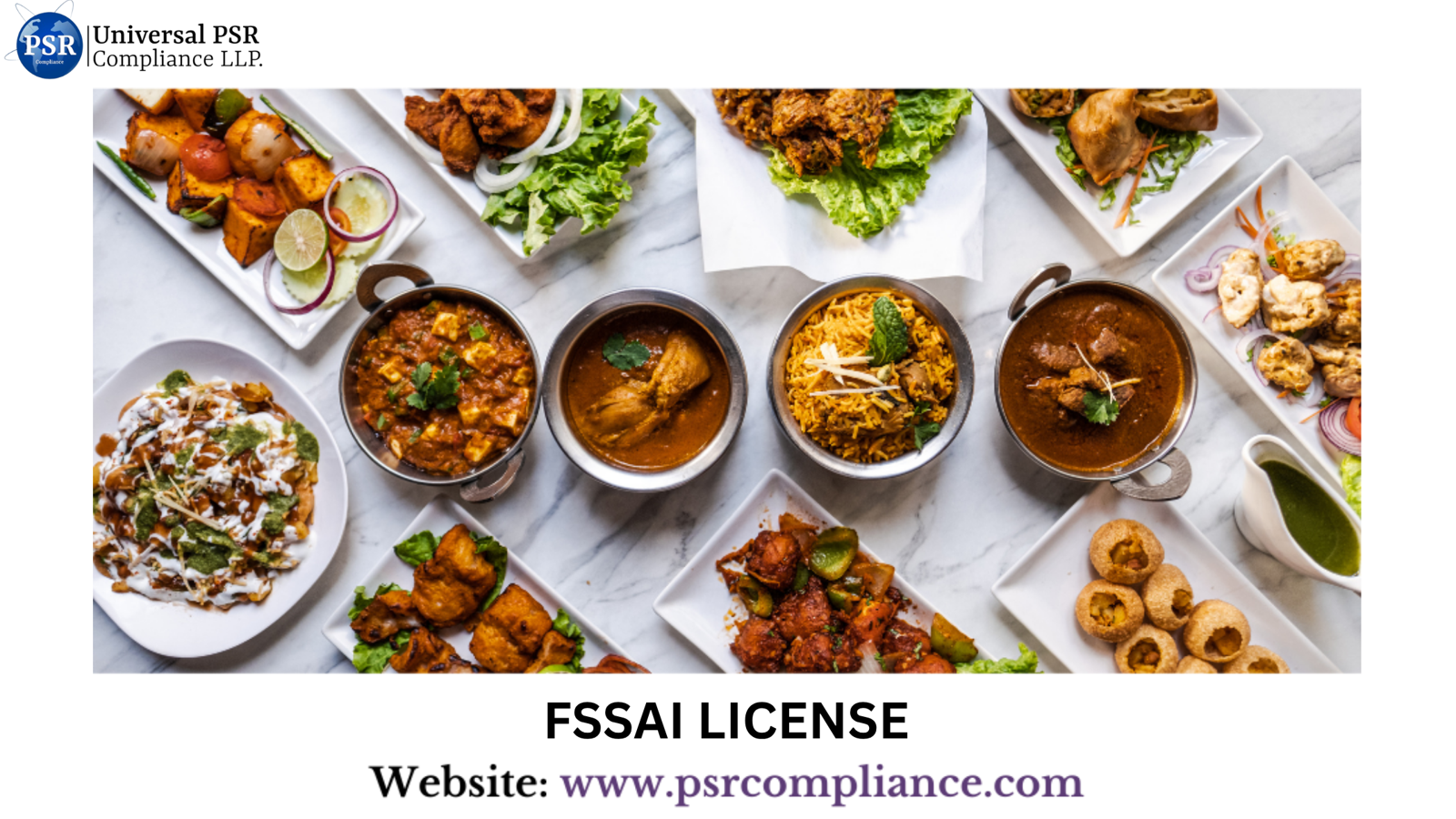

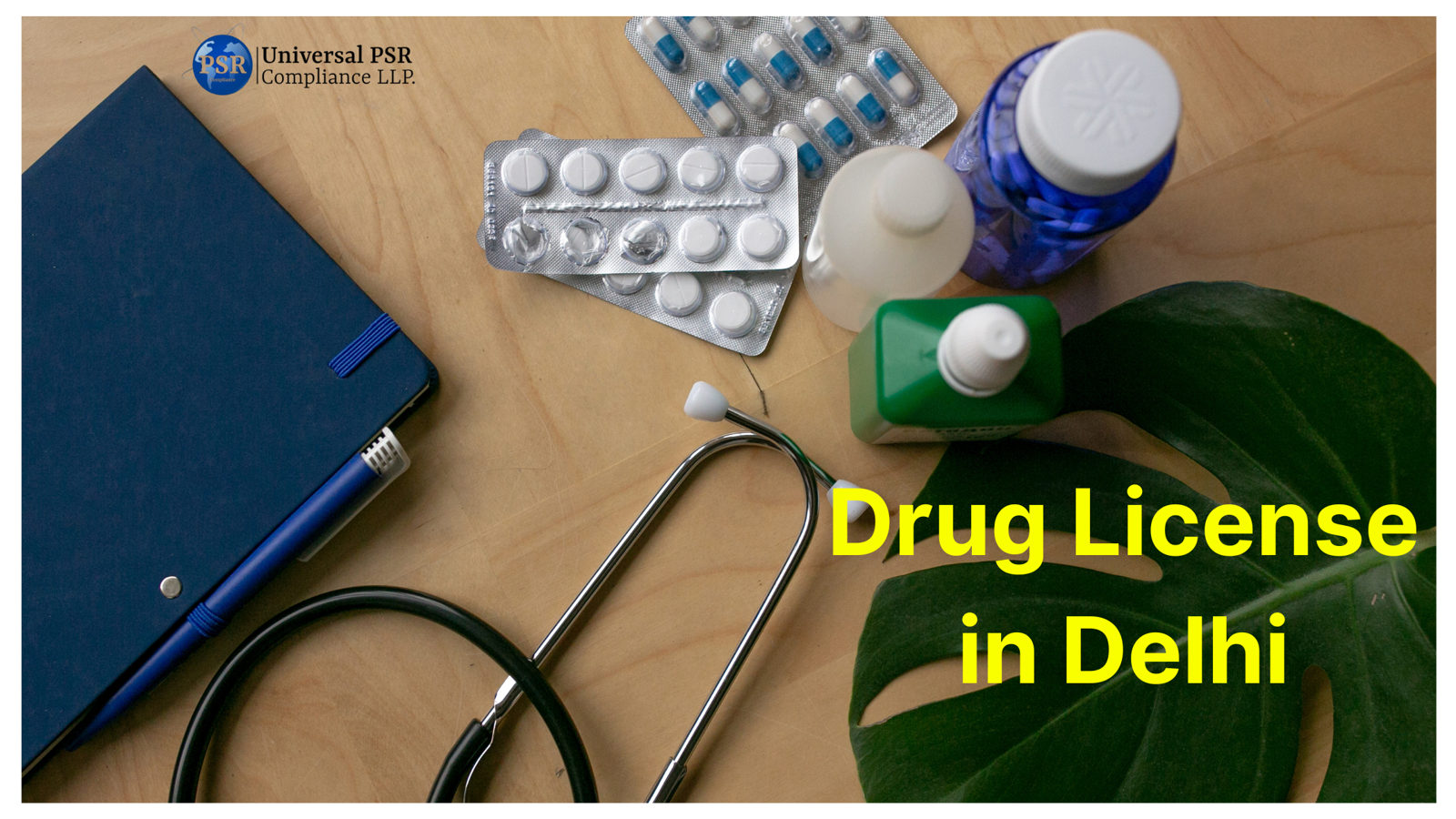
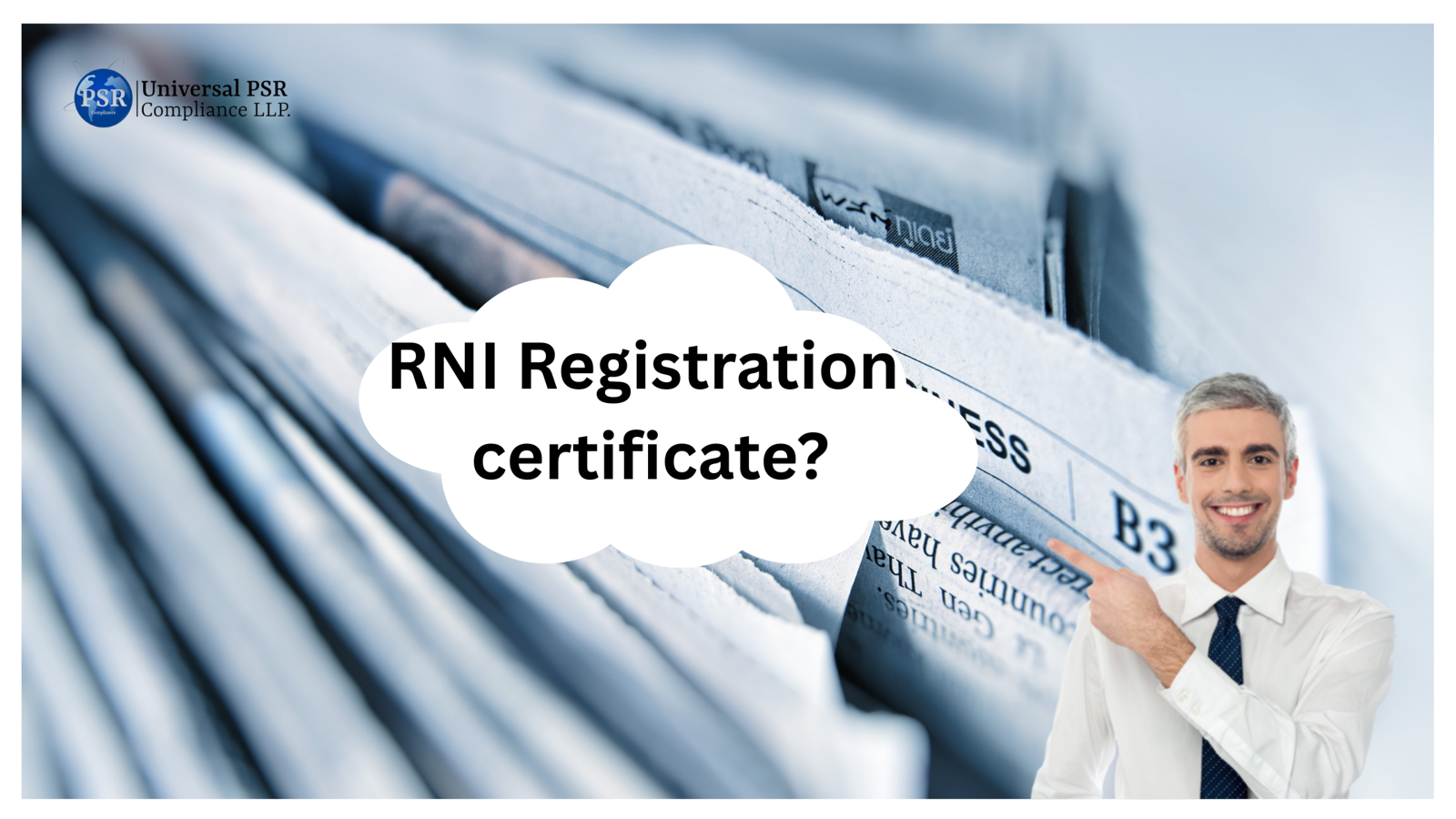

Write a comment ...